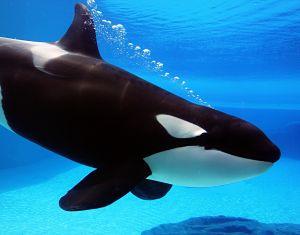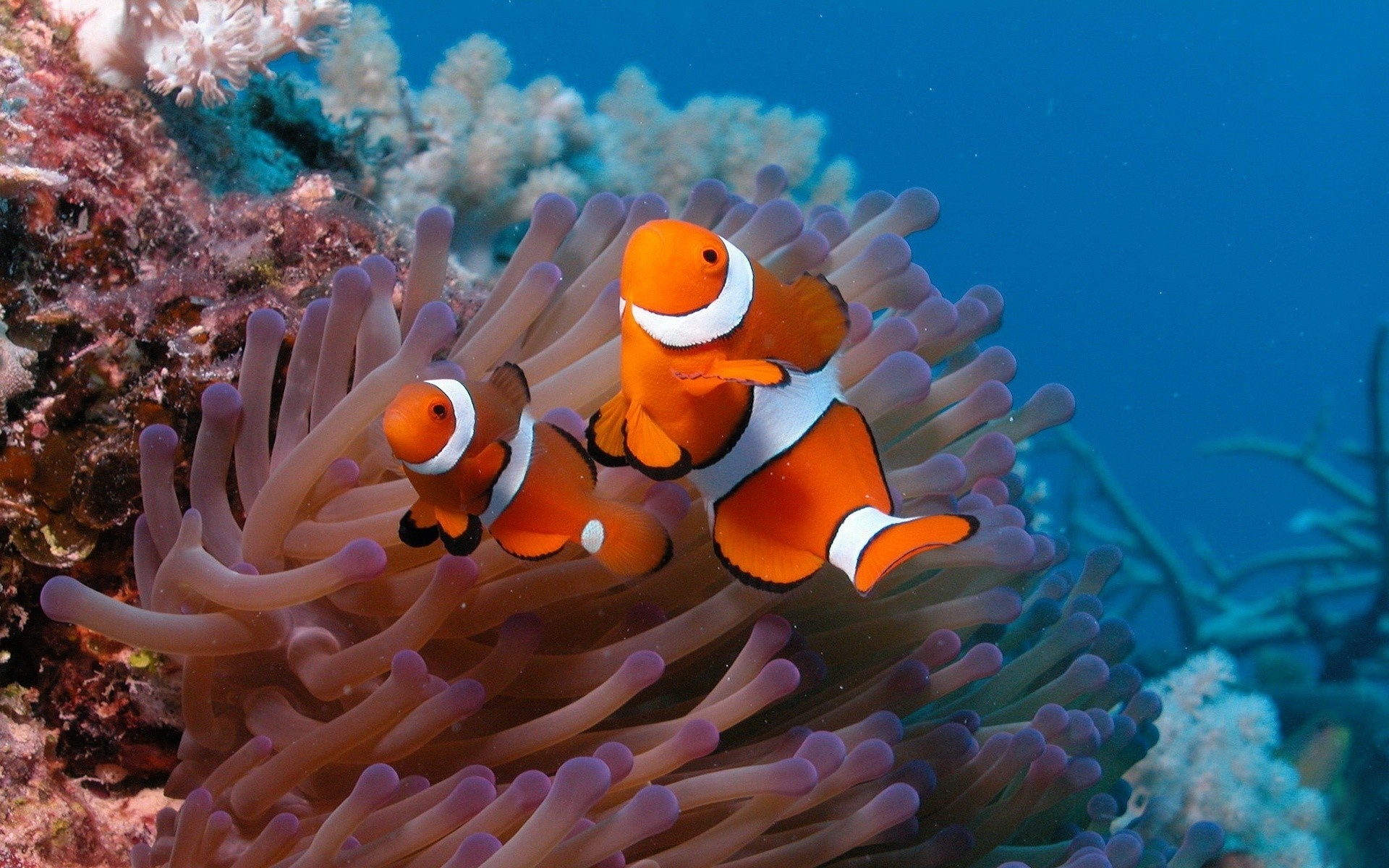

As the crab grows it periodically molts, removing its entire body – including its legs – from its old shell. Most crabs walk sideways rather than forwards.Ĭrabs are protected by a hard exoskeleton. The front pair is usually modified into pincers, while the other four pairs are used for movement. Most crustaceans live in the sea, but some – such as woodlice – have adapted to life on land.Ī typical crab has five pairs of limbs. Other crustaceans include lobsters, crayfish, krill and barnacles. As they do so their hard exoskeletons (skeletons that grow outside of the body) gradually combine to create rocky structures known as coral reefs.Ĭoral reefs are themselves important habitats for many other ocean animals.Ĭrab Warty crab / yellow crab (Eriphia verrucosa)Ĭrabs are members of the animal group Crustacea. The polyps will then either produce more free-swimming larvae, or an exact copy of themselves which will remain attached to the original body.Ĭorals can continue to produce copies of themselves over many years. Corals at this stage of their lives are known as polyps. After this time they attach themselves to a suitable surface on the sea bed, never to swim again. Jellyfish and sea anemones are also members of this group.Ĭorals are free-swimming larvae for a short period of their lives.

The world’s largest living bivalve is the giant clam.īivalves are members of Mollusca, a group of invertebrates whose members are known as mollusks (spelt mollusc in British English).Ĭoral Coral Reef at Palmyra Atoll National Wildlife RefugeĬorals are marine invertebrates in the phylum (a large group of related animals) Cnidaria. Many bivalves are hunted and eaten by humans. These are hinged on one side, and can be open and closed.Īnimals such as oysters, mussels and clams are bivalves.

Most bivalves are ocean animals, but some live in freshwater habitats. When the unsuspecting fish comes within range of the anglerfish’s fearsome jaws, the anglerfish strikes, capturing the prey in its long teeth!īivalves Giant clams at Kingman Reef National Wildlife Refugeīivalves are a group of aquatic animals with shells. (Think of a fisherman using a fake fly to catch a trout.) A fleshy growth at the tip of the arm acts as a lure to tempt curious fish closer to the anglerfish. Projecting from the top of the anglerfish’s head is a long, bony ‘arm’. The group contains several different families, and includes fishes such as the goosefishes, monkfishes, frogfishes, sea toads and seadevils.Īnglerfish are slow-moving ambush predators who get their name from the unique way in which they catch their prey. Some are known to travel all the way around the southern part of the world not once, not twice, but three times a year! Find out more at Active WildĪnglerfish Goosefish (an anglerfish in the family Lophiidae)Īn anglerfish is a member of a group of carnivorous fish called the Lophiiformes. They either find food on the surface of the ocean or dive in to capture their prey.Īlbatrosses spend most of their lives at sea. Imagine 2 tall men lying head to toe on the ground that’s the size of the albatross’s wingspan!Īlbatrosses feed on fish, squid, krill and zooplankton. Its wingspan can reach 3.7 m (12 ft.) the longest wingspan of any bird! (The southern royal albatross, a closely related species, is a similar size.) The largest albatross is the wandering albatross. You can find out more about animal groups such as families, orders and species on this page: Animal Classification.Together they make up the family Diomedeidae. There are around 21 species of albatross (scientists disagree over the exact number). They have long, narrow wings that allow them to fly great distances using very little energy. Ocean Animals List with Pictures & Facts Albatross Wandering albatrossĪlbatrosses are large seabirds.
#Ocean animals download#
(No sign-up required simply download and print.) For more details see: Free Printable Worksheets.

#Ocean animals pdf#
You can download a free printable question sheet (in pdf format) for use with this page here.
#Ocean animals plus#
You’ll also find links that you can follow in order to find more information, plus a FREE question sheet to test your knowledge! Free Ocean Animals Worksheet Download Ocean animals worksheet: click image to download On this page you’ll find an A to Z list of ocean animals, together with pictures and facts about each animal. It is home to around 230,000 recorded species, and many more that are still to be discovered and named.īiologists estimate that the total number of species living in the world’s oceans may be over 1,000,000! The ocean covers almost three-quarters of the Earth’s surface and is one of the most important animal habitats. Discover amazing animals that live in the ocean. Ocean animals list for kids (and adults) with pictures and facts.


 0 kommentar(er)
0 kommentar(er)
